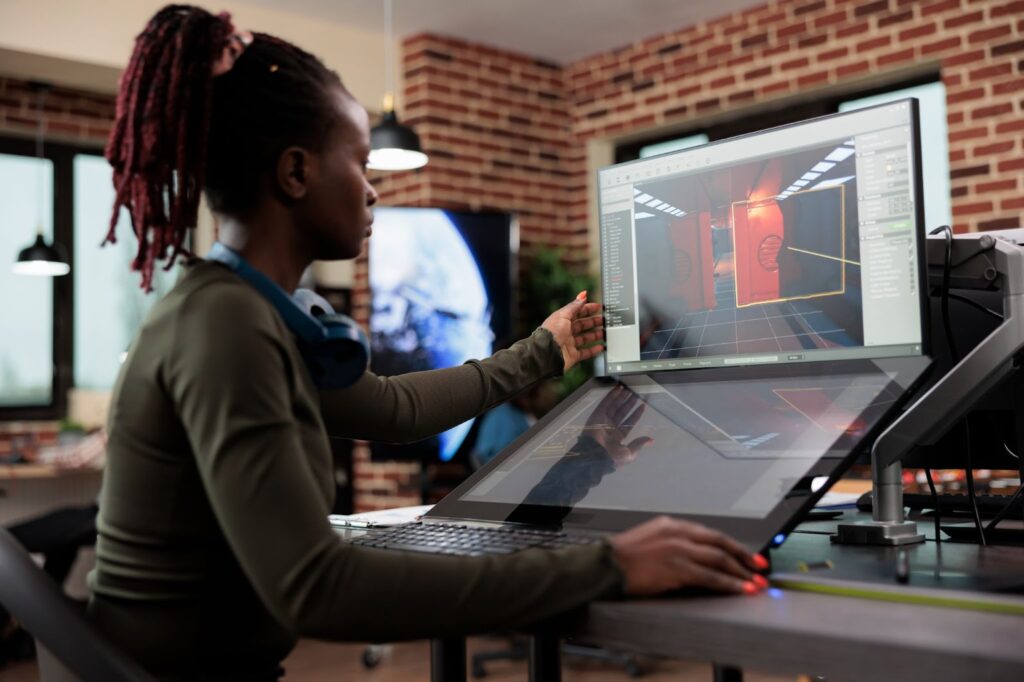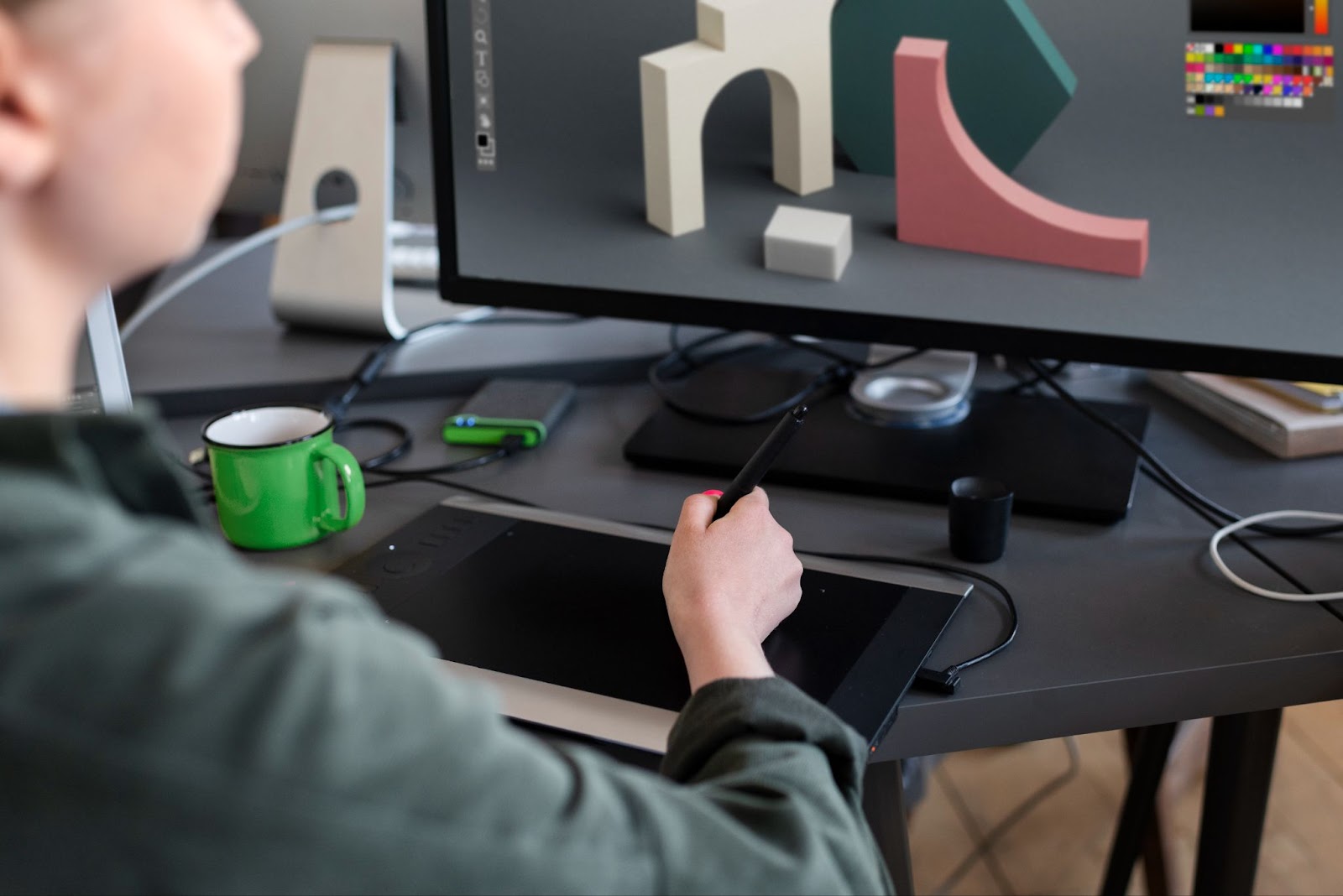In the vast and dynamic realm of design and engineering, the power of visualization and precision holds unparalleled importance. Enter the realm of 3D solid modeling – a transformative technology that has revolutionized the way we conceptualize, create, and analyze objects in the digital age.
In this comprehensive article, we embark on a journey through the captivating world of 3D solid modeling. We delve into the core concepts and methodologies that underpin this revolutionary approach, exploring its applications across diverse fields and how it has redefined the boundaries of innovation. Whether you are an aspiring designer seeking to hone your skills or a curious enthusiast eager to grasp the wonders of modern technology, this article will serve as your ultimate guide to 3D solid modeling.
Unleashing the Power of Solid Modeling: Mastering 3D Solid Objects
Solid Modeling, a fascinating realm of computer-aided design (CAD), empowers designers to bring their wildest imaginations to life in the digital world. The magic lies in the ability to create, visualize, and animate intricate 3D models with precision and accuracy. In this comprehensive exploration, we’ll dive into the depths of solid modeling, uncovering its techniques, applications, and the enigmatic workings behind popular CAD software like SolidWorks and AutoCAD.
Understanding Solid Modeling: More Than Meets the Eye
At its core, Solid Modeling is the art of crafting flawless 3D solid objects in a digital environment. The primary objective is to ensure every surface of the model is geometrically correct, creating a seamless virtual representation of the real-world counterpart. This fascinating discipline lies at the heart of various industries, from aerospace and automotive to architecture and entertainment.
Techniques and Tools of the Trade: Unleashing Creativity
Solid Modeling opens up a world of possibilities, allowing designers to begin their artistic journey in multiple ways. It all starts with the foundation, whether it be 2D wireframes, sketches, or basic geometric shapes like cubes, spheres, cones, and cylinders. From there, a magical transformation takes place, turning these rudimentary forms into intricate, lifelike structures.
But here’s the kicker: the true complexity of solid modeling lies in its parametric features and an extensive range of operators. These features enable designers to manipulate and transform basic solid shapes without compromising their integrity. For instance, using operations like “subtract,” designers can create holes in objects or carve out intricate details, while keeping the original structure intact. This ability to alter, refine, and iterate freely is the backbone of solid modeling.
Recommended Techniques in Solid Modeling:
Mastering Parametric Design: Understand the power of parametric features, where modifications to one part of the model automatically propagate through the entire design, ensuring consistency and efficiency.
Leveraging Constraints: Utilize constraints and relationships between elements to maintain design intent and make alterations seamlessly.
Exploring Boolean Operations: Delve into Boolean operations like “union,” “subtract,” and “intersect” to combine or modify complex shapes with ease.
Utilizing Advanced Filleting and Chamfering: Learn to create smooth transitions and bevels between edges, enhancing the aesthetics and functionality of your designs.
Solid Modeling in Action: Where Imagination Meets Reality
The applications of solid modeling are limitless and influential across diverse industries. Some key applications include:
- Product Design and Prototyping: Rapidly iterate through designs, create prototypes, and perform virtual testing before manufacturing physical products;
- Engineering and Analysis: Simulate and evaluate the behavior of mechanical components and systems under various conditions, leading to optimized designs and improved performance;
- Architecture and Construction: Visualize and present architectural designs in realistic 3D, aiding in communication with clients and stakeholders;
- Medical Modeling: Develop patient-specific 3D models for surgical planning, anatomical education, and medical device design.
Unleashing the Power of Solid Modeling: Revolutionizing 3D Design
This remarkable technique serves as the unsung hero, tirelessly performing the heavy lifting that would otherwise be a daunting task if attempted manually. Imagine the time and effort saved when intricate mathematical computations are elegantly automated!
Solid modeling software boasts a relentless pursuit of absolute precision in mechanical geometry – a virtue highly demanded by its diverse applications in various industries. From aerospace to automotive engineering, from architecture to industrial design, solid modeling stands tall as the go-to solution, ensuring the perfection of designs with unparalleled accuracy.
At its core, solid modeling presents a magical fusion of art and science. Every element of a design is meticulously represented as a mathematical equation, allowing for effortless solving of intricate math challenges. The software transforms abstract ideas into tangible and concrete realities, enabling engineers and designers to manifest their creativity without the burden of manual calculations. In a nutshell, solid modeling serves as the artistic canvas where engineers and designers craft their masterpieces, wielding the power of mathematics as their mighty brush.

Imagine an F1 race car, the epitome of speed and aerodynamic elegance, gliding gracefully on the track. Behind this awe-inspiring spectacle lies the magic of solid modeling. When a car manufacturer sets out to create the perfect aerodynamic marvel, it relies heavily on the accurate translation of measurements from the conceptual design phase into the sophisticated design software. A single millimeter’s error can make or break the performance of the final creation. Solid modeling emerges as the linchpin, ensuring that every painstaking detail is meticulously accounted for, transforming a vision into a tangible reality.
Unleashing Creativity in the Vast World of Euclidean Space
At its core, Euclidean space serves as an exquisite canvas, providing the perfect backdrop for a symphony of points (or vertices) to dance together in harmony, creating mesmerizing 3D images. In this magical world, parts can be added, removed, and transformed, giving birth to a world limited only by the boundaries of one’s imagination.
The Initial Dance: Crafting the Wire Frame Design
Picture this: a ballet of points gracefully connecting with each other, entwining their coordinates in an elegant dance, and weaving intricate patterns that represent the essence of a design. This is the ballet of the wireframe design. When artists and architects embark on their creative journey, they start by crafting the initial wireframe, the foundation upon which the majestic structure of their vision will stand tall.
Solid Modeling: The Art of Bringing Designs to Life
Within the realm of design, the art of solid modeling stands tall, distinguished by four defining elements that set it apart from its counterparts – wireframe and surface modeling.
Completeness reigns supreme in solid modeling, as every nook and cranny of an object within this virtual universe can be precisely classified as either inside or outside. This remarkable accuracy results in a faithful representation of the object and its surfaces, leaving no room for ambiguity.
Validity is the key to a harmonious design, as vertices, faces, and edges are meticulously connected to form a complete and coherent view of the object. This interconnectedness ensures that the design remains structurally sound, standing as a testament to the brilliance of the artist’s vision.
Unambiguous, a word that resonates with clarity and certainty, signifies the singular interpretation of all aspects of the design. In the realm of solid modeling, there is no place for confusion or vagueness. Designers and engineers can behold their creation with confidence, knowing that what they see in the virtual realm will seamlessly translate into a tangible reality.
The Solids: Where Geometry and Topology Converge
Behold the essence of a solid – a treasure trove of geometric and topological data. These profound attributes encompass the weight, shape, size, and connectivity of nodes, edges, and faces, culminating in an awe-inspiring masterpiece. Each solid emerges as a unique universe, with its distinctive characteristics, waiting to be explored and harnessed by ingenious minds.
Embrace the Infinite Possibilities
As you venture deeper into the boundless world of Euclidean space, let your creativity take flight, and your visions transcend the realm of imagination. In this realm, finite boundaries cannot contain your dreams, and the possibilities are as vast as the cosmos itself. Whether you are an artist, an architect, or an aspiring designer, immerse yourself in the wonders of Euclidean space and let your creations shape a brighter, more inspiring reality.
Conclusion
In conclusion, 3D solid modeling has already proven to be a game-changer, reshaping industries and empowering professionals to bring their visions to fruition like never before. As this technology continues to evolve and become more accessible, it will undoubtedly continue to drive progress and pave the way for a future defined by innovation, efficiency, and boundless creativity. Embracing the potential of 3D solid modeling is not just an option but a necessity for any industry seeking to thrive in the dynamic landscape of tomorrow.
